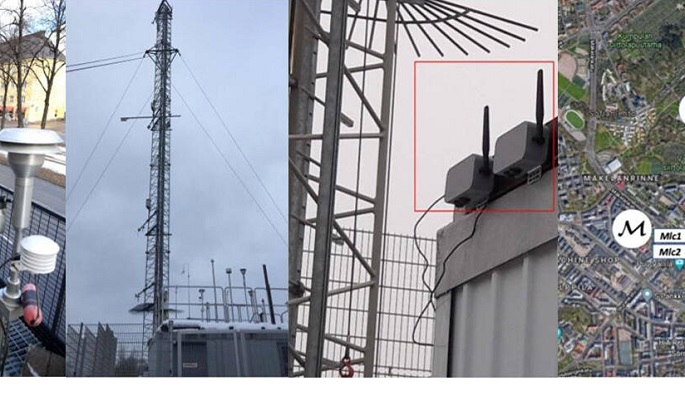AI helps in getting accurate air quality info
Published : 21 Oct 2020, 00:16
Updated : 21 Oct 2020, 01:07
Researchers at the University of Helsinki have developed a low-cost technique for obtaining accurate information on air quality using Artificial Intelligence (AI) technology, said the University of Helsinki iun a press release.
The findings can benefit, for example, urban planning and reduce health hazards associated with air pollution.
The World Health Organization (WHO) estimates that air pollution kills seven million people worldwide every year, which is why air quality is monitored using a range of means. Fixed measuring sites such as the “Stations Measuring Earth Surfaces and Atmosphere Relations (SMEAR)” of the University of Helsinki provide reliable results but the technologies used are expensive.
Attempts have been made to develop less expensive sensors to complement the fixed measuring sites, which could be installed in great numbers all over the world. With inexpensive sensors, the extent of information on air quality could be considerably increased, both temporally and geographically.
“Low-cost sensors could be installed, for example, in offices or public transport. Individuals could also purchase such sensors to measure the air quality of their immediate surroundings. The masses of data accumulated through the sensors would benefit research focused on population health, urban planning and environmental research,” said Postdoctoral Researcher Martha Arbayani Zaidan from the Institute for Atmospheric and Earth System Research (INAR), University of Helsinki.
The problem so far with low-cost air quality sensors has been that the data produced has not always been of sufficiently high quality, resulting in the necessity of comparing and calibrating the figures with those of the SMEAR stations and other fixed measuring sites. That takes time and money.
The University of Helsinki researchers propose a new, integrated model for air quality measurements where low-cost sensors are combined with technological solutions, thanks to which the sensors’ measurements begin to match those of fixed measuring devices.
Such solutions include automated adjustment of measuring accuracy through Artificial Intelligence (AI) techniques and specific mathematical models, known as virtual sensors.
“The mathematical models we employ make it possible to, for example, estimate black carbon concentrations in the environment. Black carbon is an air pollutant which simple sensors alone are usually unable to measure. However, its concentration could be estimated using AI techniques,” Zaidan said.
The researchers tested their technique by comparing the measurements of four low-cost sensors with the results of fixed measuring equipment at two sites in Helsinki: the SMEAR station in Kumpula, operated by the University of Helsinki and Finnish Meteorological Institute (FMI), and a measuring site operated by the Helsinki Region Environmental Services Authority on Mäkelänkatu.
The study was published in the IEEE Sensors Journal in October.


